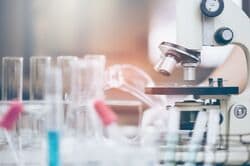The Buzz About PALB2
Published: October 06, 2014l
By: Erin Ash, MS, CGC, Coordinator, Cancer Genetics Program
Recently an article was published in the New England Journal of Medicine discussing breast cancer risks associated with mutations in PALB2, a gene associated with hereditary breast cancer. The story was instantly picked up by the media, with summary stories in the New York Times, Yahoo Health, CBS News and Science, touting PALB2 as ‘The New BRCA3!!!”. The most common response heard after this is ‘Should I be tested for PALB2?” To best answer that question, it is critical to put the new data into context.
Approximately 90% of breast cancer is sporadic, meaning that it occurs by chance in that individual. Typically sporadic cancers occur after menopause, often women have no family history of breast cancer, or may have a history of a relative diagnosed at later ages of life. Genes such as PALB2 are not involved in sporadic breast cancer.
About 10% of breast cancer is ‘hereditary’, meaning that a person carries an underlying predisposition to breast or other cancers. Hereditary breast cancer typically presents at younger ages (less than 50), prior to menopause and women may have a family history of breast, ovarian, or other cancers.
In 2013, Angelina Jolie threw a spotlight on hereditary breast cancer when she announced that she had been identified as a carrier of a BRCA1 mutation. Her brave publicity encouraged discussion between women and their health care providers regarding hereditary breast cancer, and without a doubt saved many lives. BRCA1 and BRCA2 together account for approximately 50% of hereditary breast cancer, or 5% of all breast cancer.
PALB2 (Partner and Localizer of BRCA2) was originally identified in 2006 as a hereditary predisposition for breast cancer. The NEJM article is critically important as it publishes age specific risks for breast cancer among women with PALB2 mutations. PALB2 accounts for approximately 1% all hereditary breast cancer, or 0.1% of all breast cancer. Compared to BRCA1 and BRCA2, it is a drop, but an important drop, in the proverbial bucket. It is found at a frequency similar to many other genes that also cause hereditary breast cancer. By rarity, it does not justify the media calling it “the new BRCA3!”
The NEJM article does not suggest that ‘everyone’ be tested for PALB2, even among women who have previously had BRCA1 and BRCA2 testing with normal results. If a woman has a personal or family history that is strongly suspicious for hereditary breast cancer, PALB2 testing in conjunction with testing of other genes may be informative for her and her doctors. If a person has been tested previously for BRCA1 and BRCA2, they may consider speaking with their doctor or genetic counselor to determine if further testing is indicated.
As more individuals are tested for PALB2 and other rare hereditary breast cancer predispositions, more data will emerge that clarifies the frequency and associated cancer risks of these genes. It is an exciting new development that will change our approach to breast cancer in the future!
It is important to remember that 90% of breast cancer occurs in women who do not have any family history of breast cancer. Therefore, EVERY woman should have regular breast examinations, and discuss breast cancer screening with her regular doctor. For women after the age of 40, they should have annual breast mammograms, and consider further examinations if indicated by her family history or breast density. Early detection of breast cancer leads to better treatment and prognosis.
Featured Expert/ Author









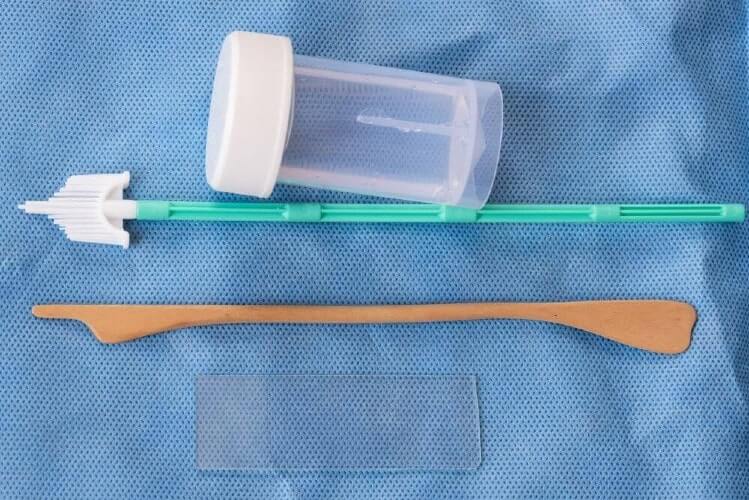











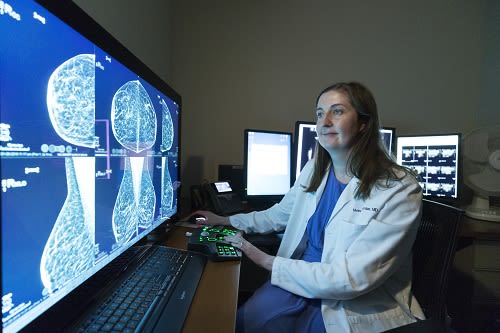


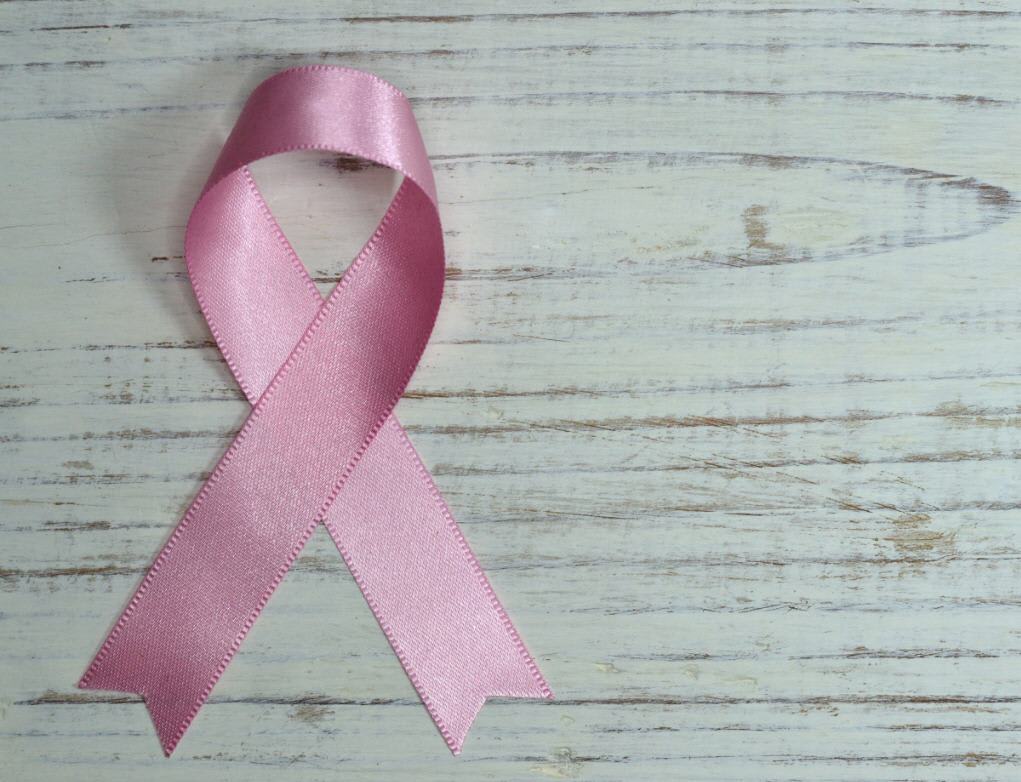
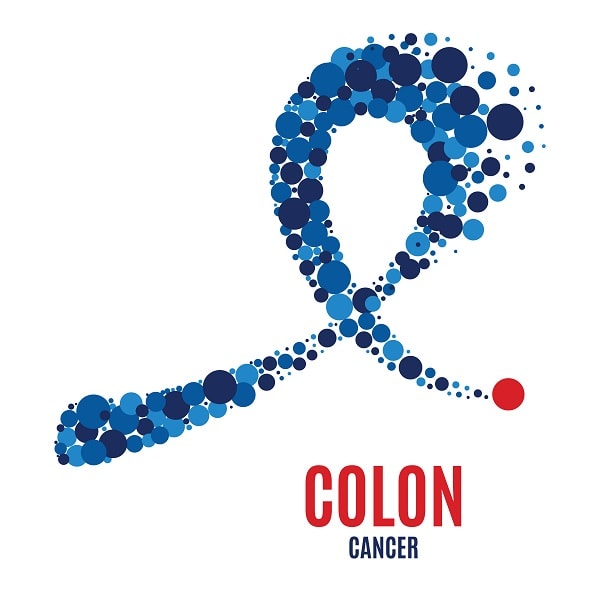

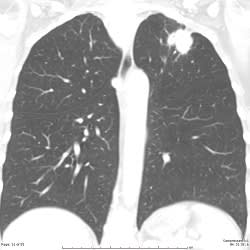





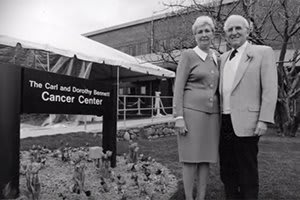

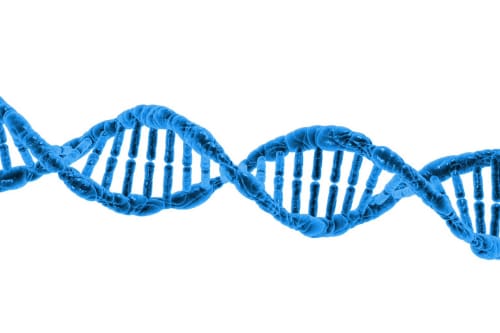

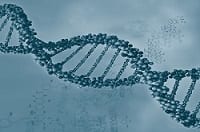
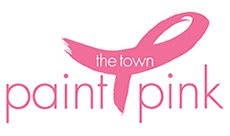


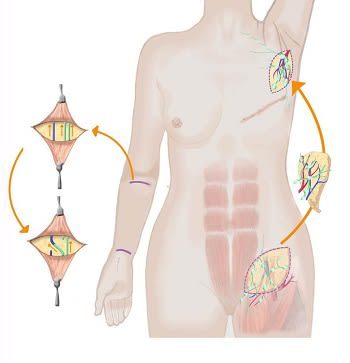


















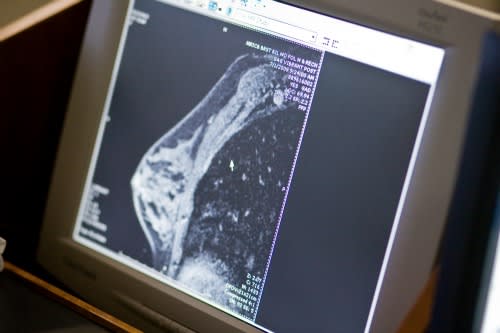

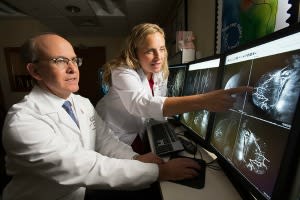






)


)

)
)


